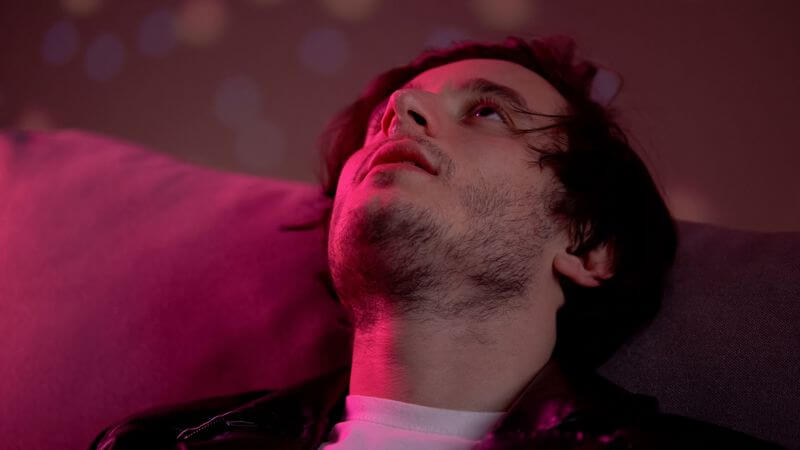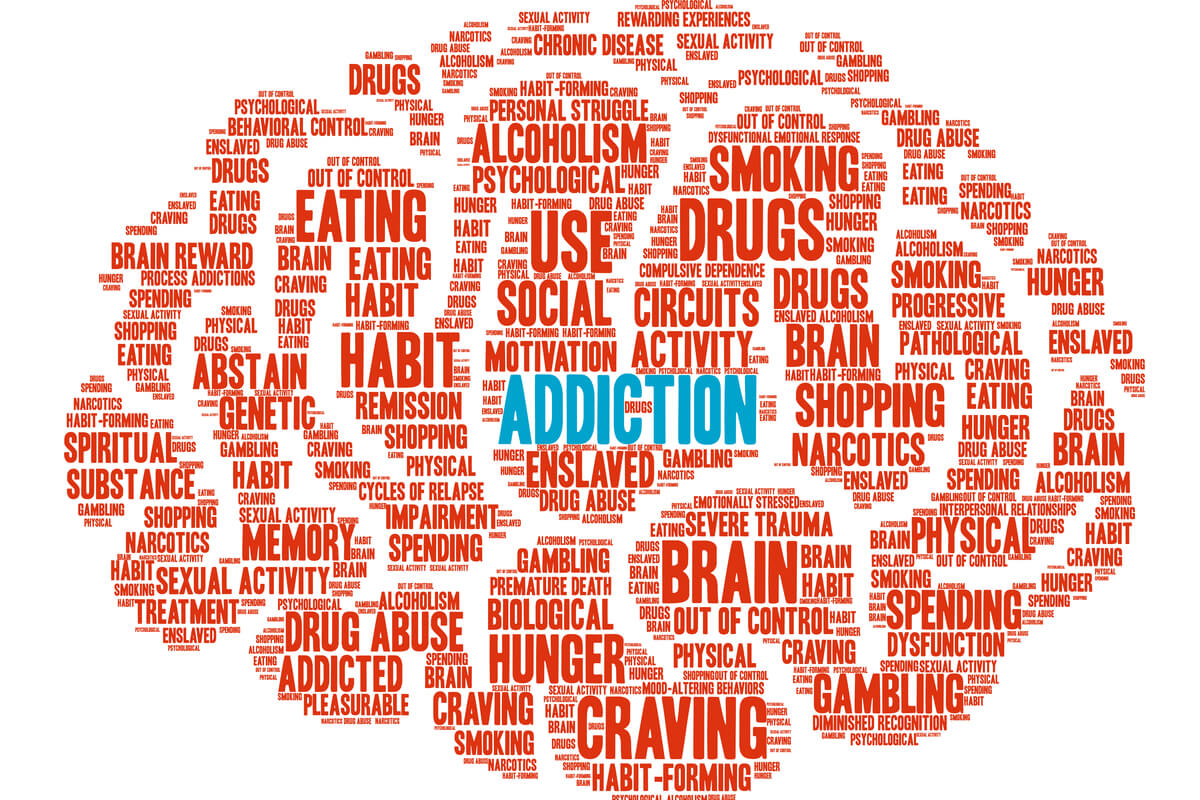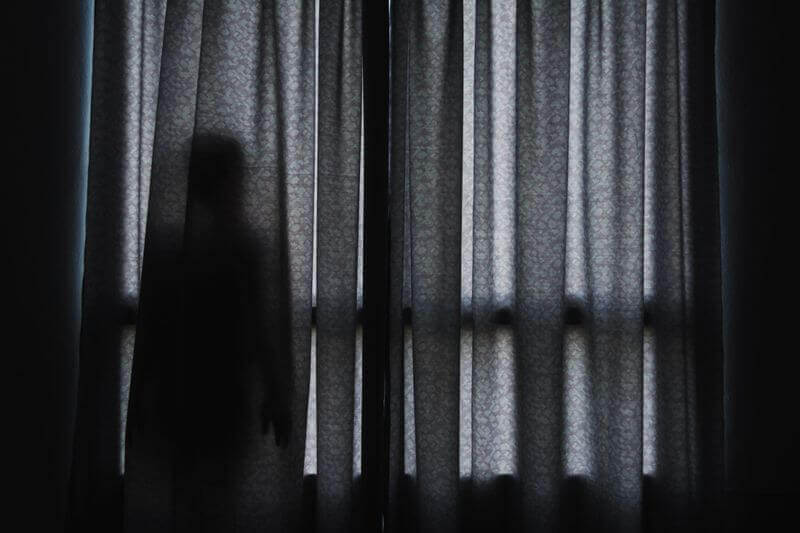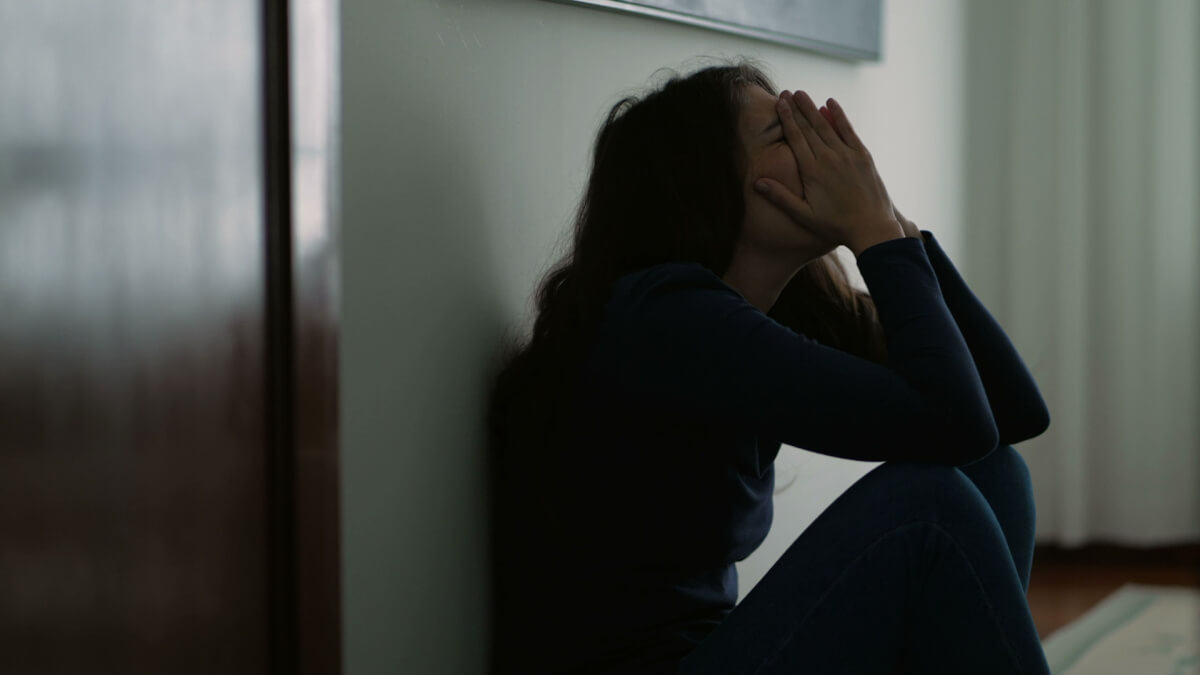
Barbiturates are less common than they once were, but they can be very dangerous if misused. In fact, at least one barbiturate was used for lethal injection in the United States until the country’s main supplier stopped producing in this region.
What Are Barbiturates?
Barbiturates are a class of medications with sedative-hypnotic properties. They can serve a variety of legitimate medical purposes, including helping to treat seizures, insomnia, anxiety, and neonatal withdrawal. They may be used to induce medical comas for treating increased intracranial pressure. They are also sometimes used for anesthesia.[1]
Barbiturates as a group have significant misuse and addiction potential, and they are fairly closely regulated.
What Are the Most Common Barbiturates?
These are some of the most common barbiturates:[2]
- Fiorina
- Pentothal
- Seconal
- Nembutal
Barbiturates have a variety of street names, including these:
- Barbs
- Blockbusters
- Christmas trees
- Goof balls
- Pinks
- Red devils
- Reds & blues
- Yellow jackets
Why Are Barbiturates Used?
Barbiturates have many uses, some controversial and others illicit. For example, the barbiturate thiopental has historically been used in lethal injections, which caused the main U.S. supplier to discontinue its production. The drug then became unavailable in this country.
As sedative-hypnotic medications, barbiturates can calm brain activity. When used in medical treatment at the appropriate doses, this can allow them to calm abnormal activity, which is what makes them useful for things like reducing seizures. These medications can be a cost-effective way to treat certain conditions like epilepsy in regions where the go-to primary treatments in the United States may be unavailable or prohibitively expensive.
As for why people misuse barbiturates, the same hypnotic-sedative effect that makes them useful in medicine also makes them vulnerable to misuse. Barbiturate use can cause a person to become sluggish, reduce their inhibitions, and experience a significant sense of calm.
In high doses, barbiturates are also sometimes used to facilitate sexual assault, as they can affect memory in addition to making a person weak and have difficulty maintaining consciousness.
Are There Dangers to Barbiturate Use?
Barbiturate use has the potential to be fatal. These drugs can cause respiratory depression and failure. They can also cause a person to grow dependent on their use, which will increase the chances they eventually experience a life-threatening overdose with repeated or particularly heavy use.
Additionally, barbiturates can also affect a person’s ability to act rationally and use good judgment. After taking barbiturates, especially in uncontrolled settings while using more than would normally be prescribed, you may make unsafe decisions, such as engaging in risky sexual activity or attempting to drive or operate heavy machinery when you should not be doing so.
Even normal, prescribed barbiturate use can cause unwanted side effects. Some people may experience irritability, paranoia, and, in some cases, suicidal thoughts. If you experience any of these symptoms, talk to a doctor right away, especially if you are considering self-harm.
Signs & Symptoms of Heavy Use & Overdose
Heavy barbiturate use is going to cause a person to experience respiratory depression, slowing their breathing and making it harder to draw in enough breath to support the brain. It’s possible for respiratory depression to get so severe that it becomes life-threatening, with it becoming impossible to draw in enough air to maintain brain function.
Some signs of a potentially dangerous overdose include the following:[3]
- Shallow breathing
- Clammy skin
- A bluish tint around the lips and fingertips
- Enlarged pupils
- Weak or rapid pulse
Especially serious is if a person has become unresponsive or is suffering from severe confusion. They can lose consciousness, and it may be hard or impossible to awaken them. This is a sign their brain isn’t getting enough oxygen, and they may be at risk for developing brain damage, falling into a coma, or potentially dying.
What to Do in the Event of an Overdose
If you suspect someone is overdosing on barbiturates, do not wait for the most obviously life-threatening symptoms. Call 911 right away and be ready to tell the operator the following:
- Your location
- The person’s current symptoms
- All the drugs the person has taken (and how much), including alcohol and any illicit substances
- The individual’s medical history
If the person has stopped breathing, you may need to begin CPR and/or emergency breathing before an ambulance arrives. It’s useful to know CPR. The Red Cross offers a guide on how to perform CPR, and you can also find resources on their site regarding CPR classes.[4]
Addiction Treatment Options
The topic of barbiturate addiction seems understudied at present, with limited literature available on how common or severe barbiturate use disorder tends to be. What’s clear is that barbiturate withdrawal at least has the potential to be severe, with at least one fairly early case report of a woman experiencing seizures, hallucinations, and delirium after she stopped using the barbiturates for a few days.[5]
Inpatient detox is often recommended for barbiturate use disorder. A patient will stay in an addiction treatment facility to go through this potentially difficult acute withdrawal phase in an environment that is safe and well-controlled. This ensures greater safety and comfort during the withdrawal process, and it increases the likelihood of making it through withdrawal without returning to barbiturate use.
After that, work with an addiction treatment professional to develop a long-term recovery plan. You will likely use some combination of behavioral therapy and counseling.
The standard option used for most addiction treatment is cognitive behavioral therapy. In this therapy model, you’ll aim to restructure the way you think about drugs and identify what makes you consider using drugs. You’ll then develop strategies to avoid drug use when you do have these thoughts, and you’ll begin to build a balanced life in recovery that doesn’t involve drug use. While there is no quick fix, you can successfully manage your substance use disorder.

Reviewed By Peter Manza, PhD
Peter Manza, PhD received his BA in Psychology and Biology from the University of Rochester and his PhD in Integrative Neuroscience at Stony Brook University. He is currently working as a research scientist in Washington, DC. His research focuses on the role ... Read More
- Barbiturates. StatPearls. https://www.ncbi.nlm.nih.gov/books/NBK539731/. August 2022. Accessed November 2022
- Barbiturates. Drug Enforcement Administration. https://www.dea.gov/factsheets/barbiturates. Accessed November 2022.
- Barbiturate Intoxication and Overdose. National Library of Medicine. https://medlineplus.gov/ency/article/000951.htm. July 2021. Accessed November 2022.
- CPR Steps. American Red Cross. https://www.redcross.org/take-a-class/cpr/performing-cpr/cpr-steps. Accessed November 2022.
- [Barbiturate Withdrawal Syndrome: A Case Associated With the Abuse of a Headache Medication]. Annali Italiani di Medicina Interna. https://pubmed.ncbi.nlm.nih.gov/10349206/. December 1998. Accessed November 2022.
Download Our Free Program Guide
Learn about our program, its effectiveness and what to expect
Related articles
Imagine what’s possible on the other side of opioid use disorder.
Our science-backed approach boasts 95% of patients reporting no withdrawal symptoms at 7 days. We can help you achieve easier days and a happier future.









